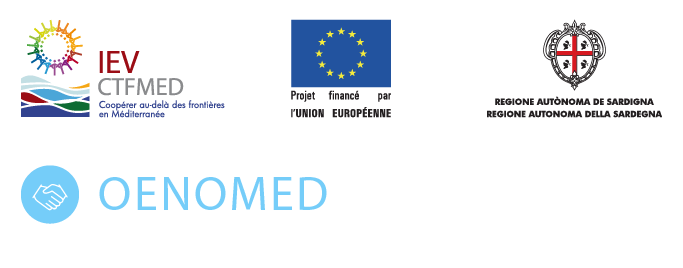
La Luna del Casale è un’azienda del Lazio, a conduzione familiare, che produce vini ed oli biologici certificati.
Nasce nella campagna appena fuori il piccolo centro di Lanuvio, antico paese arroccato sull’ultimo colle meridionale dei Castelli Romani, caratterizzato da suggestivi paesaggi ed intense evocazioni culturali. Il microclima ideale che contraddistingue la zona di produzione ed il terreno di natura vulcanica agevolano da sempre la gestione delle nostre colture con pratiche di agricoltura biologica. Infatti, qui la vite e l’ulivo crescono sani per il solo fatto di trovarsi nel loro ambiente naturale. Il compito che ci siamo scelti non è quello di forzare la natura ai nostri fini, ma semplicemente di accompagnar ne i ritmi e valorizzarne i frutti con tecniche enologiche all’avanguardia e con la consulenza di uno tra i migliori enologi italiani, Paolo Peira. L’obiettivo che ci proponiamo è di valorizzare il Territorio di appartenenza migliorando sempre di più lano stra offerta con prodotti che si distinguono per carattere e riconoscibilità.
IL VINO
La coltivazione delle nostre uve è caratterizzata da basse rese ed elevato numero di ceppi per ettaro, il che, unito alla raccolta manuale di uve sane che hanno raggiunto la maturazione fisiologica, garantisce una materia prima eccellente per i nostri vini. L’attuale produzione è costituita da 10 vini, tra bianchi, rossi, rosato e due spumanti BRUT Millesimati. Lavorando con grande passione e facendo investimenti mirati, abbiamo ottenuto dei prodotti di ottima qualità, fra i quali spiccano per personalità i nostri vini barricati, “Sara”, “Alessandro” e “Sebastian”.







Reservin est une marque créée et développée par le projet « B_A.1.2_0126_OENOMED Qualification et Promotion des filières viti-vinicoles des Aires Protégées de la Méditerranée », acronyme OENOMED, cofinancé par l’UE à travers le programme IEV CTF Med.Budget total 2,7 millions d’euros, financement de l’UE 2,5 millions d’euros, et cofinancement de 10%.Cette publication a été réalisée avec le soutien financier de l’Union Européenne dans le cadre du programme IEV CTF Med. Son contenu relève de la seule responsabilité de la CNSPBA-UTICA, Chef-de-file du projet, et ne peut en aucun cas être considéré comme reflétant la position de l’UE ou des structures de gestion du programme.